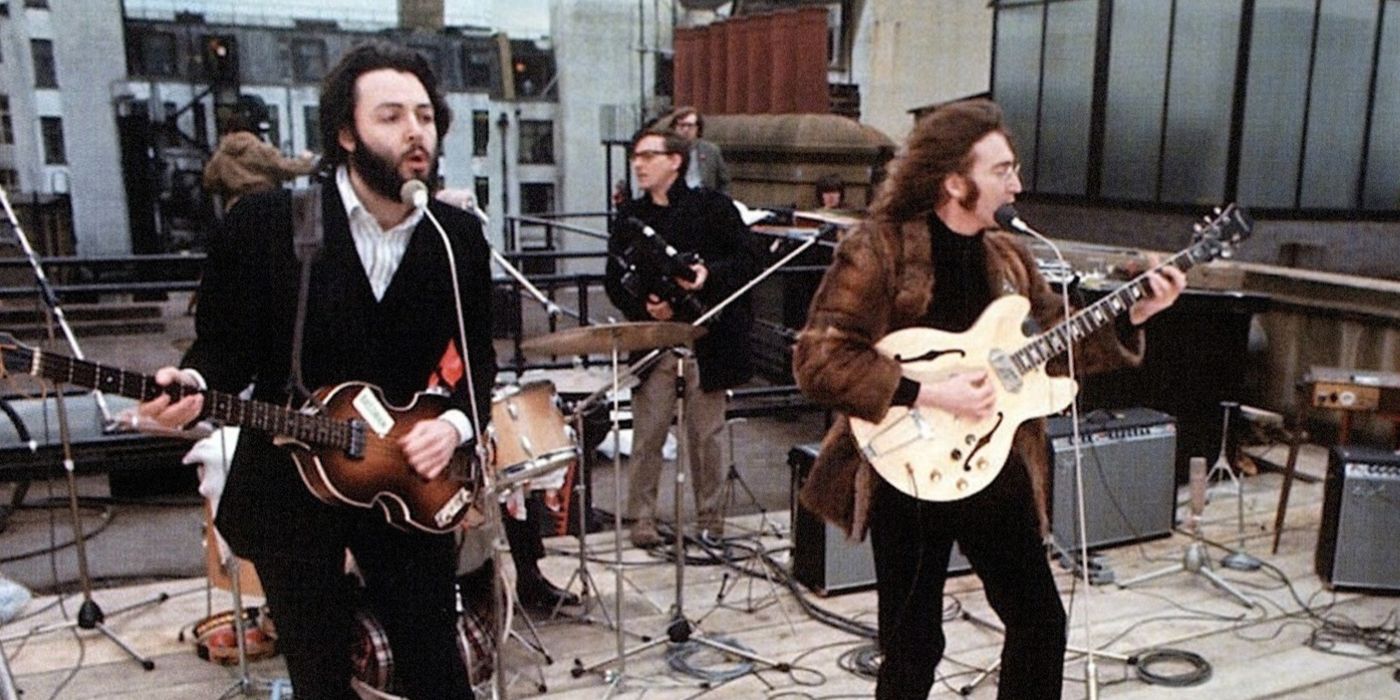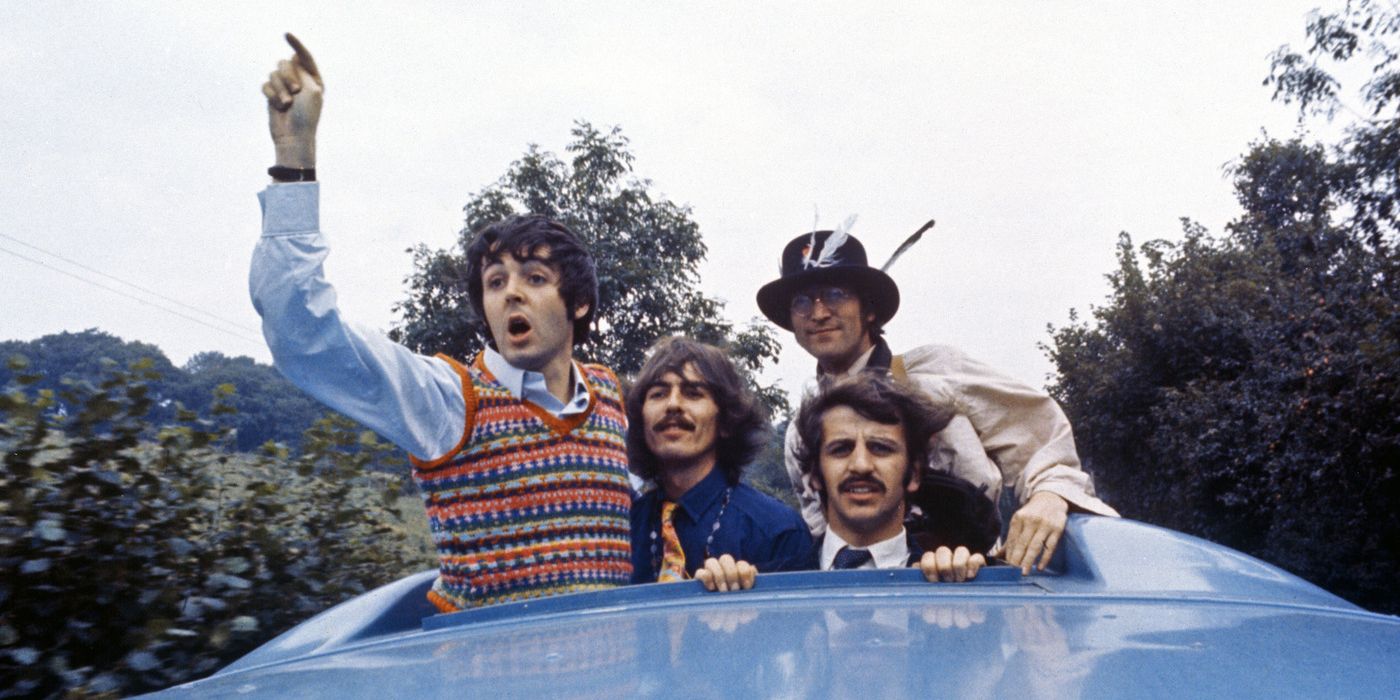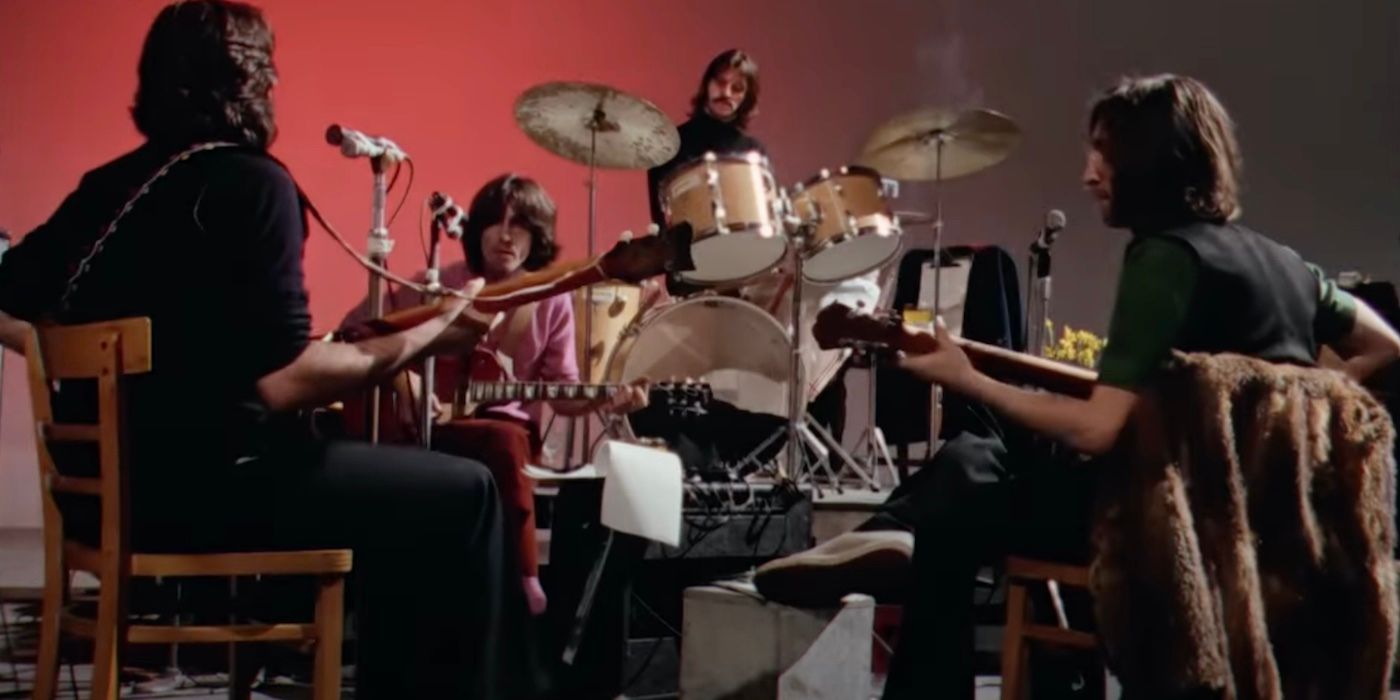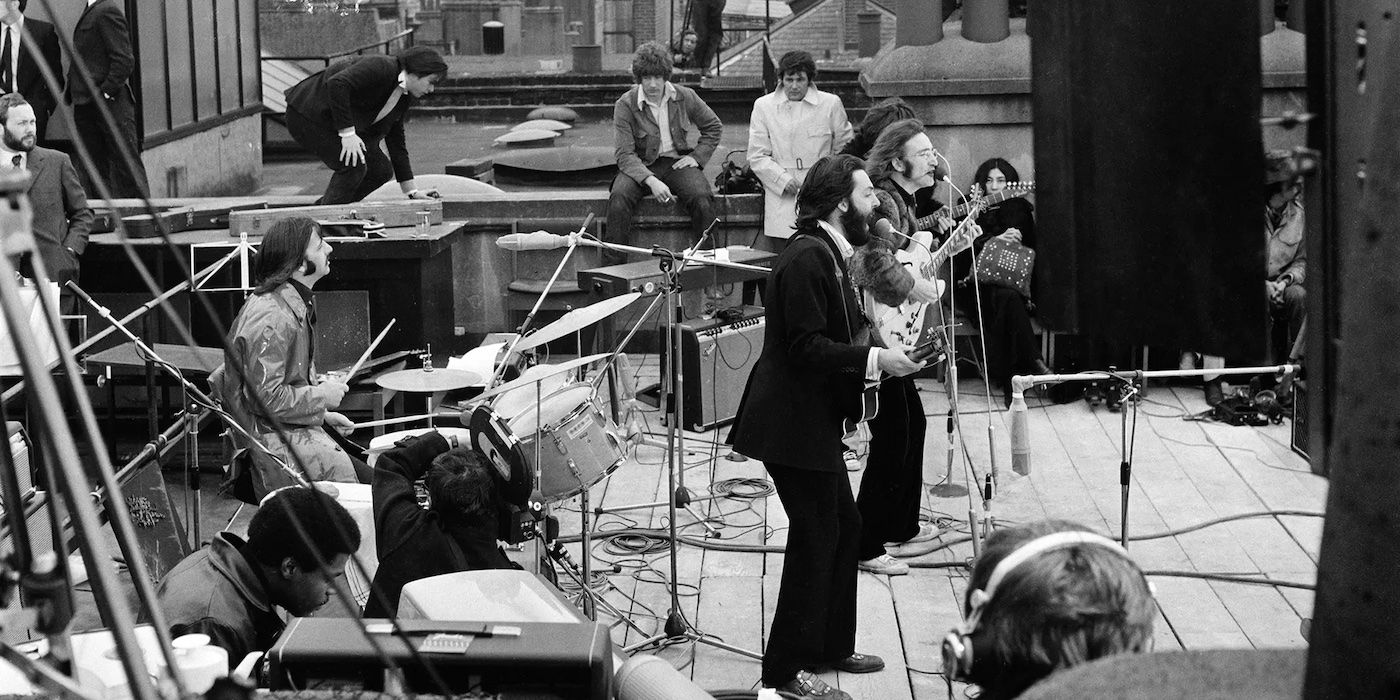The Big Picture
- There's a plethora of Beatles projects on Disney+, restoring iconic footage and releasing never-before-heard songs from the band.
- The long-lost documentary Let It Be is finally available to watch, shedding light on the tensions and struggles within the band during their final days.
- Despite its tumultuous history, Let It Be is now getting a chance to shine and be reevaluated thanks to a new perspective provided by recent Beatles projects.
It appears that The Beatles are everywhere right now, and that perception isn't too far from the truth, with a Beatles-related project seemingly dropping "Eight Days a Week." 2021 brought The Beatles: Get Back, an 8-hour docuseries on Disney+ directed by Peter Jackson, who used the same stunning digital restoration techniques he used for They Shall Not Grow Old to bring footage of the 1969 Beatles to vivid life. That led to footage of the band's iconic rooftop concert at Apple Corps' Savile Row headquarters screening on IMAX in 2022. That same revolutionary restoration process allowed for a John Lennon demo from the 1970s to be released as "Now and Then" in 2023, the last song from The Beatles to feature all four members, with Paul McCartney and Ringo Starr adding new material to restored vocals and guitar tracks from Lennon and George Harrison. A 12-minute documentary, Now and Then - The Last Beatles Song, depicting the work behind getting the song into shape, and a music video to boot, appeared on Disney+ shortly after.
Now there's more reason for Beatles fans to get excited with the release on Disney+ of the long-lost documentary Let It Be which, apart from a VHS release in the 1980s, hasn't been seen in 54 years. The 1970 film, directed by Michael Lindsay-Hogg, is also restored by Jackson (which should make him the sixth or seventh Beatle by now). This is the documentary being filmed within the documentary that is The Beatles: Get Back, which renewed efforts for Let It Be to be released on its own terms. It was a "Long and Winding Road" to see the film enjoy a second life, which isn't surprising given how long and difficult it was to get the film, and album, finished in the first place.
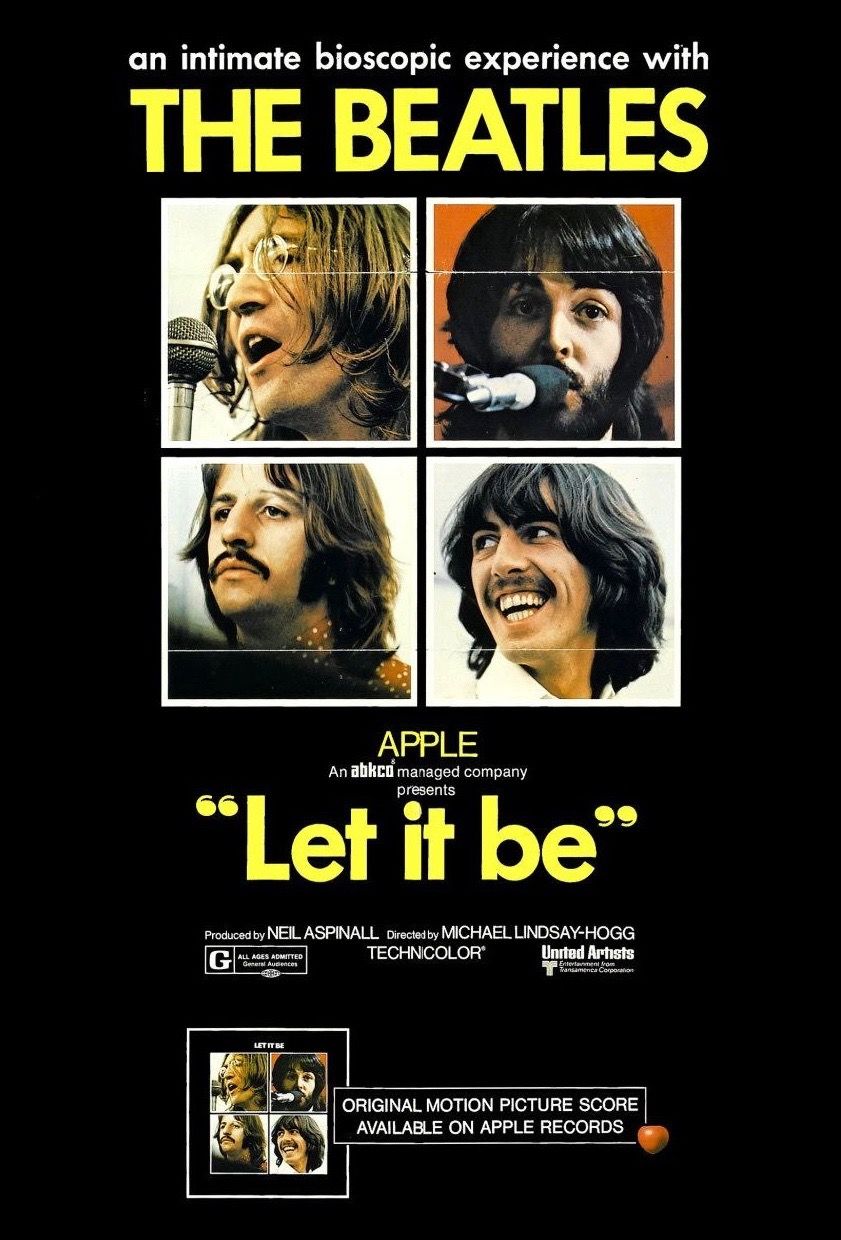
Let It Be
- Release Date
- May 13, 1970
- Director
- Michael Lindsay-Hogg
- Cast
- John Lennon , Paul McCartney , George Harrison , Ringo Starr , Billy Preston
- Runtime
- 81 Minutes
The Journey to 'Let It Be' Starts With "Sgt. Pepper's Lonely Hearts Club Band"
"It was hell making the film 'Let It Be'. . . even the biggest Beatle fan couldn't have sat through those six weeks of misery. It was the most miserable session on earth." These words from John Lennon speak to why there's a long-standing belief that Let It Be shows the Beatles at their lowest, with "Mandela Effect" memories of the film distorting the degree of animosity between the band members and Yoko Ono's contribution to their breakup. But in fairness, it's a reasonable assumption, since the period before Let It Be wasn't exactly the best time for the band.
Many would cite "Sgt. Pepper's Lonely Hearts Club Band" as the pinnacle of the Beatles' success, but it would also mark a downturn in their relationships with one another. McCartney, who came up with the idea for the album, saw its success as an opportunity to push his agenda on the band, who weren't keen on his controlling and condescending attitude. The band's trip to see Maharishi Mahesh Yogi in India, which should have been a bonding experience, separated them further. Worse, Lennon became estranged from his wife, Cynthia, and turned to Ono, and heroin, McCartney started using cocaine, and Harrison grew increasingly irritated at his songwriting being dismissed. Starr didn't even last 10 days in India and left well before the rest of the band.
'Let It Be' Started With Good Intentions
The recording of "The White Album" was divisive, at best, as per the previously cited The Independent. Lennon hated McCartney's "sweet granny songs," McCartney hated Lennon's weird arthouse experiments, accusing him of trying to sabotage the Beatles with "Revolution #9," and Yoko Ono was a constant presence. It also marked the first time the Beatles split, with Starr, already feeling like an outsider, left after McCartney's incessant negativity about his drumming on "Back in the USSR." Apple Corps was falling apart, but the band couldn't agree on who should come aboard as manager for the band and their business, eventually going with the controversial Allen Klein, with McCartney the lone holdout on signing his contract.
Their first performance in front of an audience since 1966, singing "Hey Jude" on David Frost's television show in September 1968, became the catalyst for Let It Be. The band realized they missed playing for an audience, and set the wheels in motion for a concert at London's Roundhouse on January 29, 1969, featuring all-new material. Furthermore, they invited Michael Lindsay-Hogg in to film their rehearsals, looking to air the footage in a TV special. The Fab Four were looking to return to their roots, with simpler tunes evoking their early years of plain old rock and roll.
The 'Let It Be' Trainwreck Begins Right Away
Rehearsals and filming began on January 2nd, and it didn't take long for the wheels to fall off. Harrison and Lennon got into a fight over Lennon talking to the public about Apple Corps' financial downturn, with George Martin claiming that "punches were thrown and hushed up" (per The Independent). Already less than impressed at the prospect of a live show, Harrison left the band on January 10th. Upon Harrison's exit, Lindsay-Hogg said, "Oh my God, this is the end of the documentary," to which Lennon and McCartney replied, "No, this is just when it's getting good." Harrison would indeed return shortly after, but on the condition that there would be no major concert.
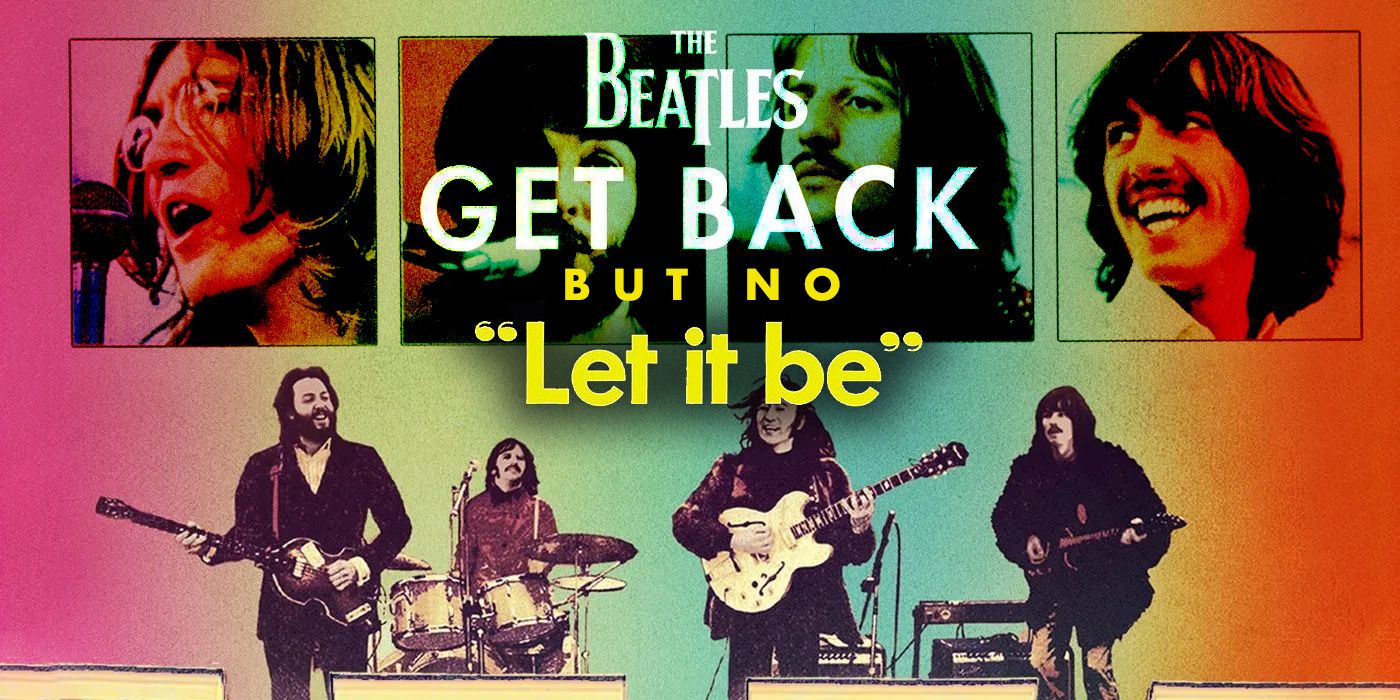
Now That The Beatles' 'Get Back' Is Out, Why Can't We See 'Let It Be'?
The 1970 documentary that 'Get Back' expands on hasn't been properly released since the early '80s. Is that about to change?The project carried on, with Lindsay-Hogg doing his best to keep everything in, showing the best and worst of the group behind the scenes. Since the band called the shots, there were moments they insisted on being cut out. In an interview with Entertainment Weekly, Lindsay-Hogg cites one example: "[Beatles management rep] Peter Brown called and said, ”There’s a lot of footage of John with Yoko in there, and I think it ought to come out.” And I said, ”I think it’s really interesting.” And he said, ”Let me put it another way, I’ve had three phone calls [from three Beatles] this morning saying it ought to come out.” Lindsay-Hogg did, however, successfully talk them in to leaving some scenes alone, like the argument between Harrison and McCartney, and a shot where Lennon looks absolutely bored hearing McCartney go on and on about playing live.
'Let It Be' Arrives at the Wrong Place, Wrong Time
As it was meant to be aired on a television special, Let It Be was filmed on 16-mm film, but then Allen Klein, looking to cash in, decided to make it a movie. That meant blowing up the 16-mm footage to 35-mm for the big screen, causing it to look more like a home movie than a professional project. It also meant that the end goal, which had already gone from doing a live concert to a television special alone, was gone, so, as per the previously cited Entertainment Weekly, Lindsay-Hogg came up with the idea to do some kind of concert, culminating in the iconic rooftop concert, the last time they played together in public.
That brief concert was fun for the band, so much so that they would return to the studio to record "Abbey Road" under far more civil circumstances, one of their most beloved albums. That's when things went horribly wrong for Let It Be. Despite being recorded after, "Abbey Road" was released first. Then, McCartney announced that the Beatles were done in April 1970. Let It Be was released the following month, and it was disastrous. The public was still mourning the breakup, the timeline suggested that it was the events in the film that drove it, and the Beatles themselves didn't even come to the premiere.
It's a shame, with the film being overshadowed by its timing. Anything good and positive in the film - and there are moments - was overlooked. “The people went to see Let It Be with sadness in their hearts, thinking, ‘I’ll never see the Beatles together again. I will never have that joy again,’ and it very much darkened the perception of the film,” Lindsay-Hogg said. So now the public gets a chance to reevaluate Let It Be, with The Beatles: Get Back changing the discussion by showing that it wasn't all doom and gloom. For their part, both Lindsay-Hogg and Jackson see the film as the perfect companion piece to The Beatles: Get Back, as cited in Rolling Stone. Knowing that, Beatles fans may want to take "A Day in the Life" and settle in for a near-10-hour marathon of the Fab Four on Disney+.
Let It Be is now available to watch on Disney+ in the U.S.

